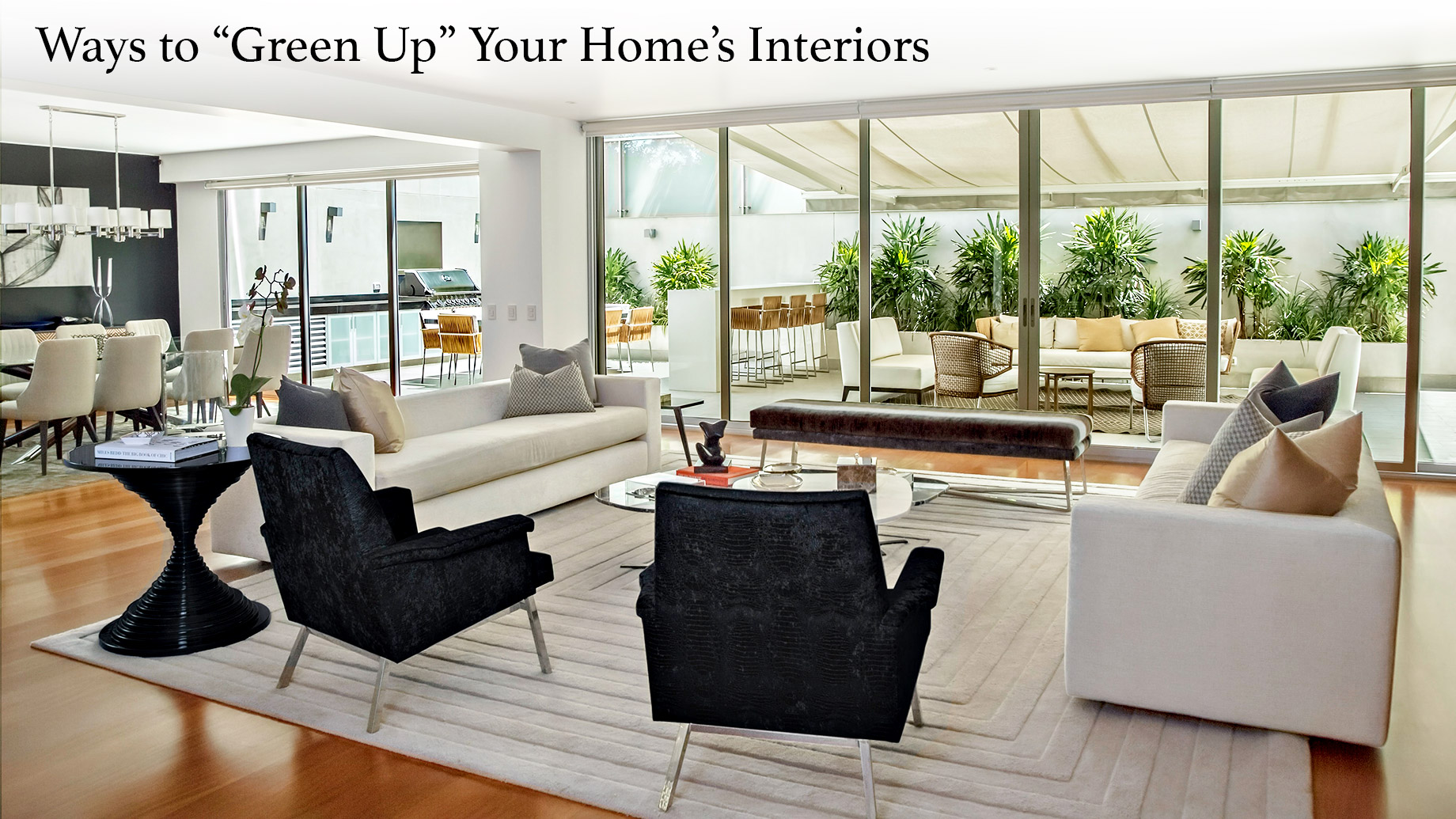
You’ve heard people talk about “going green,” but what exactly does it mean? In short, going green means you’re making efforts to live a sustainable and environmentally-conscious lifestyle. The phrase has been used so much that it actually sounds cliche when people say it.
But “going green” definitely isn’t one of those “here today, gone tomorrow” type of trends. In fact, as more and more people are becoming globally aware and environmentally conscious about the world around us, people are going to great lengths to ensure they’re doing their part in saving the planet, no matter how big or how small their efforts are.
So what exactly determines if you’re going green or not?
This is a question that’s puzzled many people, but the answer is that there is no right or wrong way to go green as long as the efforts you’re making aren’t hurting the environment. To really commit to a green lifestyle truly is a major lifestyle change, and that’s why it’s recommended that people start small, and the best place to start small is right from the comforts of your own home
Starting small at home can come in the form of eliminating plastic water bottles and going paperless with your bills. As you start to get more comfortable with your green lifestyle changes, you can then start implementing change in other ways.
People who’ve been living this lifestyle for a long time, know what to do. Some of these individuals have been true to this lifestyle for so long that they build energy-efficient homes. And not only do they build energy-efficient homes but they also compare electric rates. This is something you can do depending on where you live. For instance, if you live in Texas, you can shop energy suppliers in TX and go with the one that best fits your budget.
Major changes like building an energy-efficient home can be a bit overwhelming to someone just starting out. But to really get a good start on this type of lifestyle change is to do it at home with the interior design of your home.
Why interior design?
Starting with interior design is simply going to help you better understand green living. You, of course, don’t want to put things in your home that’s not eco-friendly, so you’re going to have to do some research on what products and items will go with the aesthetics you want in your home that are green. Once you’re able to live greener inside your home, you can start to implement your efforts outside your home, like at work or by encouraging friends and family to follow in your footsteps.
But to make your home’s interiors greener, there are simple ways to do so, and it doesn’t have to be expensive or pain-staking. Follow these easy tips.
Tip 1: Let the Sunlight In
Part of making your home green is reducing your energy usage, meaning heating and cooling units as well as having lights on. During the day, when the sun is out, you want to make sure your windows are clean and clear for ample light to shine through. The heat from the sun is going to instantly warm your home and make it feel nice and cozy. If you need a little shade for your windows, invest in blinds and sheer curtains.
Tip 2: Use Water-Based Paint
When giving your home a “green” makeover, it’s natural for you to want to paint your home’s interiors… a few coats of paint can completely take any room from boring to beautiful. But in choosing your paints, you want to make special efforts to look for water-based paints.
Most standard paints are made with VOCs (volatile organic compounds). So when you paint a room and you smell the paint long after the room’s been painted, you’re smelling those VOCs released into the air. Even when the strong smell has subsided, the off-gassing of the chemicals could still be happening.
When you go looking for paint colors, look for the label to say things like “Low VOC” or “Low Odor.” You’ll still have as wide of a selection of colors as standard paints… it’s just with water-based paint, you won’t be contributing to your own home’s indoor pollution. In fact, the VOCs in standard paint is one of the biggest contributors to Sick Building Syndrome.
Tip 3: Incorporate Natural Elements
From potted plants and hanging plants to natural textures and stones, bringing a little bit of the outdoors indoors is one of the best and most popular ways to literally make your home’s interiors greener.
Salvaged wood could be repurposed into a cute coffee table, beautiful stones can be placed in glass jars as decorative accent pieces, and glass jars can also be repurposed into light fixtures. There are lots of ways to incorporate biophilic design into your home; just sit back and think of nature and all it entails… Use those elements and bring them into your home, whether it’s colors or plants from your very own garden.
How Will You “Green Up” Your Home’s Interiors?
Above are three simple tips that aren’t expensive or terribly draining. The point is to not only create a living space you can enjoy but also create a living space that’s good to the environment. Once you can get your home’s interiors eco-friendly, you can then take your efforts to the outside world!